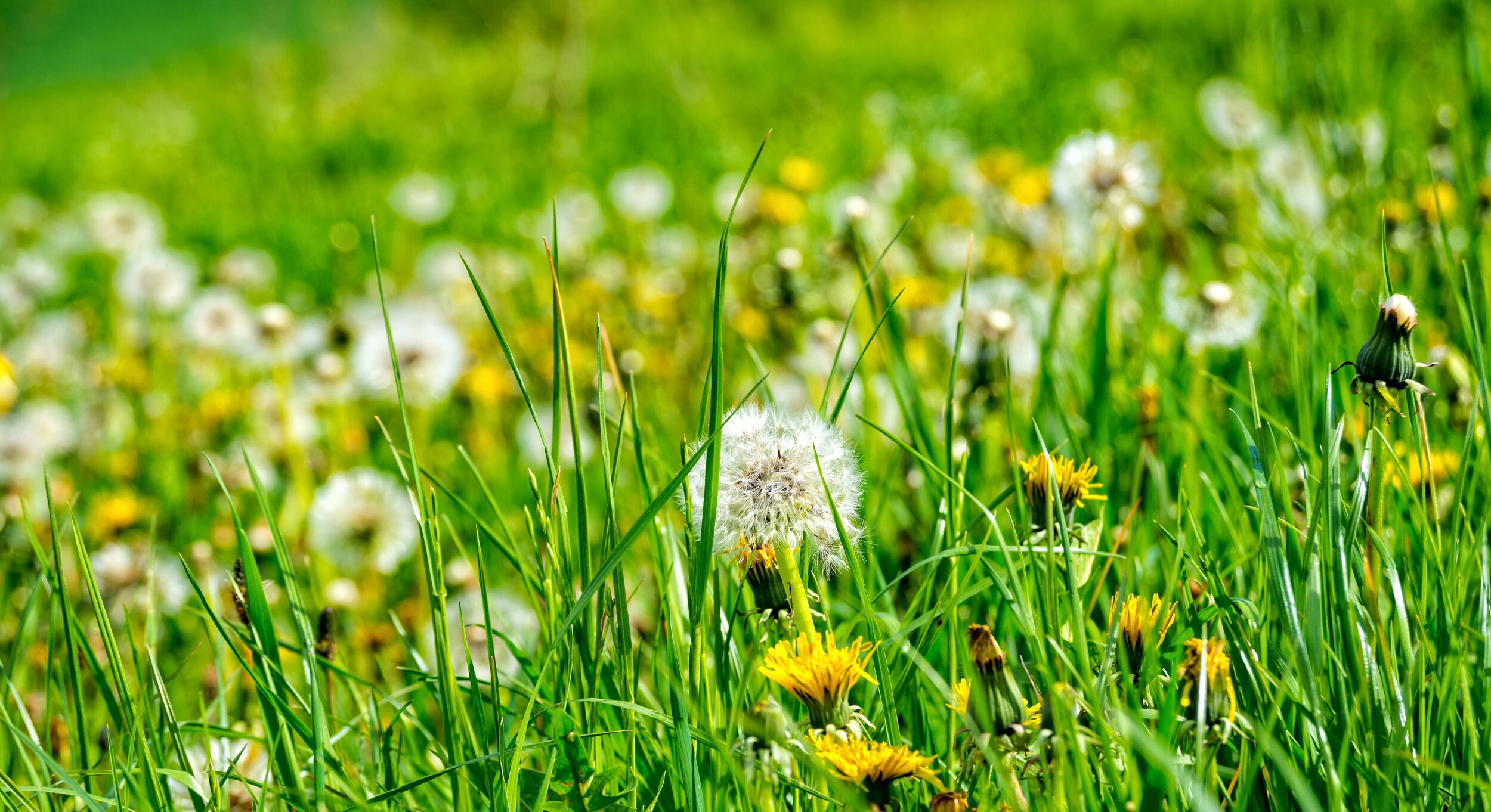
Grass Pollen Allergy
In spring, grasses and flowers begin their seasonal growth, releasing copious amounts of pollen into the air triggering a season of misery for allergy and asthma sufferers.
What Is Allergy to Grass Pollen?
Allergy to grass pollen, a type of seasonal allergic rhinitis, is a common and often underappreciated condition that significantly impacts the quality of life of many individuals globally. Allergy to grass pollen, commonly known as hay fever, is an allergic reaction occurring when an individual's immune system overreacts to pollen grains released by grasses. This condition is typically seasonal, coinciding with the growth and flowering of grasses, which varies depending on geographic location and climate.
Causes of Allergy to Grass Pollen
The primary cause of grass pollen allergy is an immune system hypersensitivity to specific proteins found in grass pollen. When these pollen grains are inhaled or come into contact with the mucous membranes of the nose, eyes, or mouth, the body perceives them as harmful invaders, triggering an allergic response.
Pathophysiology
This allergic reaction involves the production of IgE antibodies specific to grass pollen antigens. Upon subsequent exposure, these antibodies bind to mast cells and basophils, causing the release of inflammatory mediators like histamine, which lead to the symptoms of the allergy.
Signs and Symptoms of Grass Pollen Allergy
Symptoms of grass pollen allergy can range from mild to severe and include:
Sneezing
Runny or stuffy nose
Itchy nose, eyes, ears, and mouth
Red, watery eyes
Coughing and postnasal drip
Fatigue
Irritability and impaired concentration
In some cases, grass pollen allergy can exacerbate asthma, leading to increased wheezing, breathlessness, and chest tightness.
Risk Factors of Allergy to Grass Pollen
Several factors can increase the likelihood of developing a grass pollen allergy:
Genetic Predisposition: A family history of allergies or asthma increases risk.
Existing Allergies or Asthma: Individuals with other allergies or asthma are more likely to develop grass pollen allergy.
Environmental Exposure: High levels of grass pollen exposure, particularly in early childhood, might increase risk.
Birth during Pollen Season: There's some evidence that being born during the high pollen season may increase the risk of developing seasonal allergies.
How Is Grass Pollen Allergy Diagnosed?
Diagnosing grass pollen allergy typically involves:
Medical History: A detailed history of symptoms, their seasonality, and response to over-the-counter medications.
Physical Examination: Focusing on the ears, nose, throat, and chest.
Allergy Testing:
Skin Prick Test: Small amounts of grass pollen allergens are introduced into the skin and reactions are observed.
Specific IgE Blood Test: Measures the level of IgE antibodies in response to grass pollen.
Treatments for Grass Pollen Allergy
Treatment of grass pollen allergy includes various strategies:
Medications
Antihistamines: Oral antihistamines can help alleviate sneezing, itching, and runny nose.
Nasal Corticosteroids: Effective for reducing inflammation and treating nasal symptoms.
Decongestants: Useful for temporary relief of nasal stuffiness.
Leukotriene Receptor Antagonists: May be used in conjunction with other medications.
Eye Drops: Antihistamine or anti-inflammatory eye drops can relieve itchy, watery eyes.
Immunotherapy
Allergen immunotherapy (AIT) can be a long-term treatment option, especially in cases not controlled by conventional therapy. It involves gradually increasing doses of the allergen, to build tolerance. It can be administered as subcutaneous injections (SCIT) or sublingual tablets (SLIT).
Emerging Therapies
New treatments, like monoclonal antibodies targeting specific immune pathways, are under research and may offer future options for treatment-resistant cases.
Preventive Measure to Avoid Grass Pollen Allergy
Prevention of grass pollen allergy symptoms involves reducing exposure:
Stay Indoors: Particularly when pollen counts are high. Seasonal allergy symptoms can be so debilitating that many people stay indoors hoping to avoid these pollens. Staying indoors does reduce one’s exposure, particularly if electrostatic air intake filters are used to keep the indoor environment clean.
Keep Windows Closed: To prevent pollen from entering the home.
Use Air Conditioning: In cars and homes, with HEPA filters if possible.
Shower After Being Outdoors: To remove pollen from skin and hair.
Wear Sunglasses and Hats: To reduce pollen entering the eyes.
Dry Clothes Indoors: To avoid pollen sticking to fabrics.
Regular Cleaning: Reduces indoor pollen accumulation.
Use of Pollen Forecast Apps: Helps plan activities around lower pollen counts.
Contact Dr. Lubitz Today and Arrange a Consultation
If your asthma or allergies are getting you down, don’t suffer needlessly. Same-day appointments are available. We have multiple offices throughout Manhattan.
